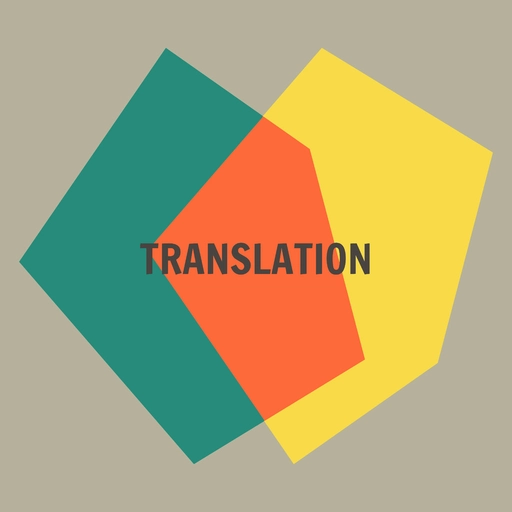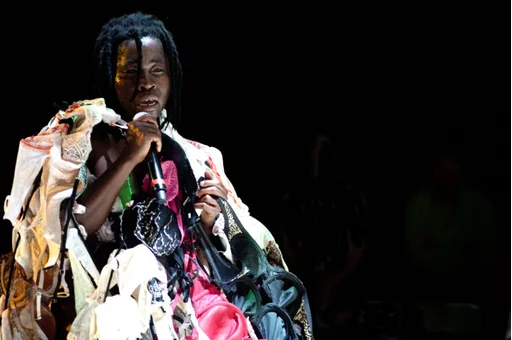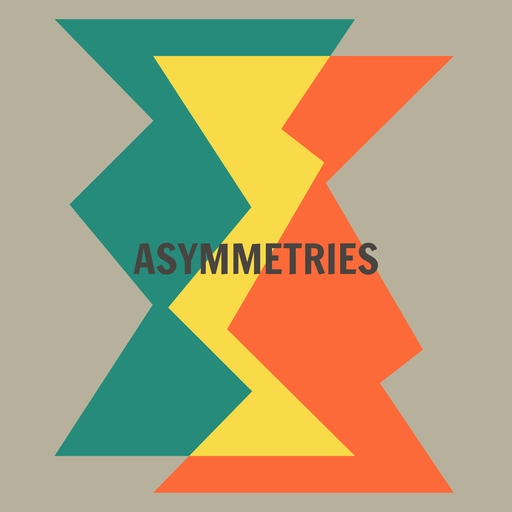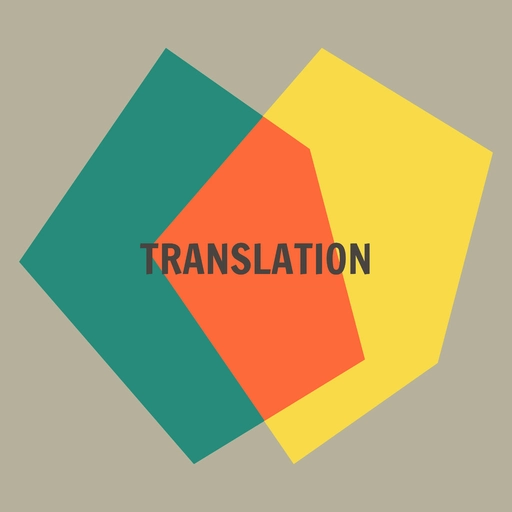To do A
Writing assignment about your own art practice (individual)
1. Write a text about your current art practice. About your way of working, your inspiration and themes, materials, ways of telling etc. Write it in the I-form and try to express how you experience and propagate your artistry. (About 300-400 words.)
2. Write a text that will be printed on a flyer announcing a new work of yours. A visual work, book, performance and think about how the institution that will distribute this flyer wants to convey your work. How would the museum, gallery, theatre, etc. summarise your practice in order to communicate your work to the public in the most 'clear and unambiguous' way? (Approximately 300-400 words)





